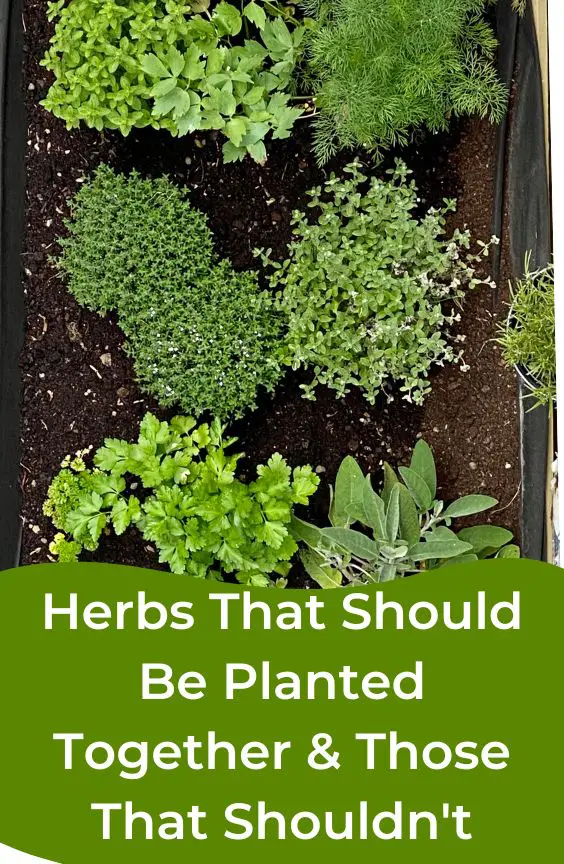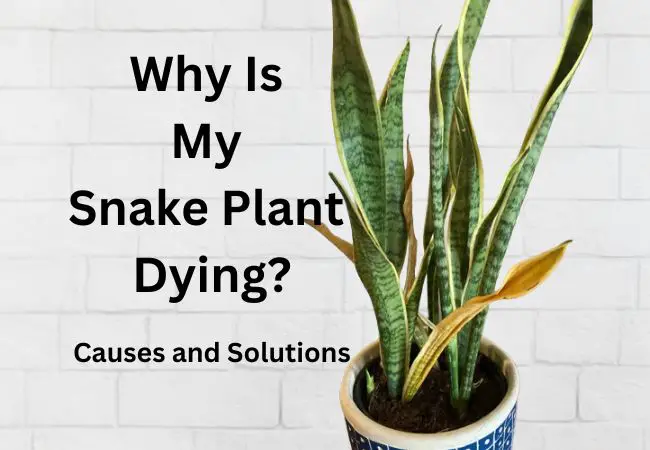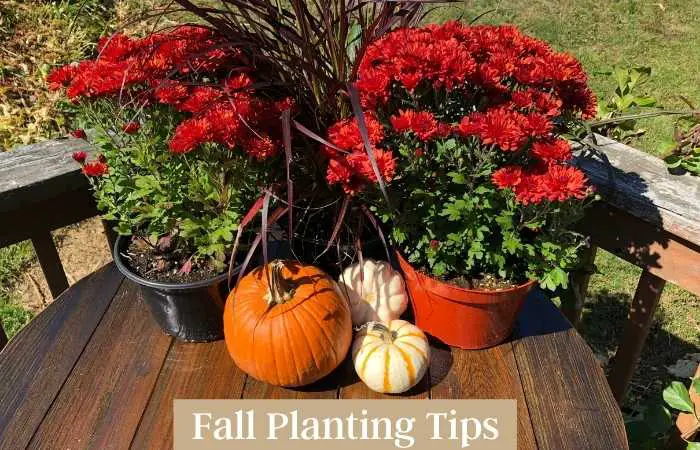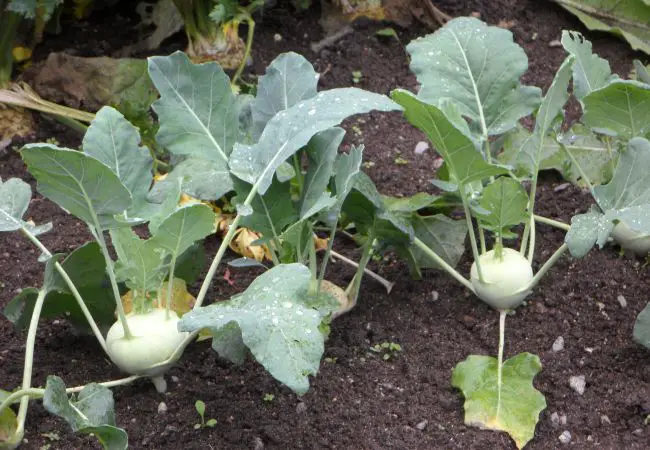Herbs That Grow Well Together
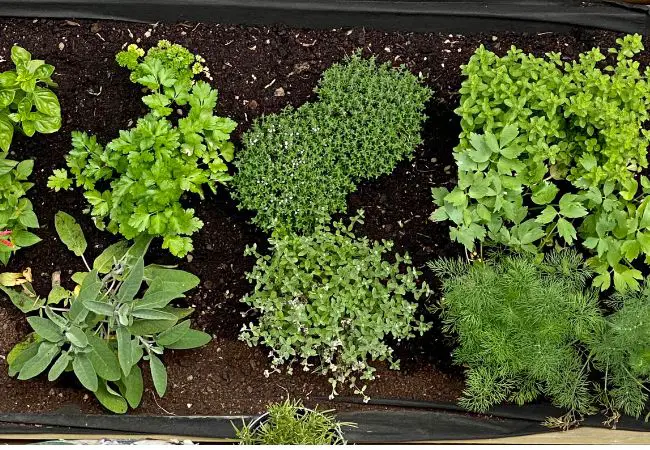
These are the herbs that grow well together and those that don’t. Companion planting has long been recognized as a valuable technique in gardening, and when it comes to herbs, growing them together can yield even greater benefits.
Herbs That Grow Well Together
By strategically pairing herbs, you can create a thriving garden that promotes growth, enhances flavors, and deters pests naturally.
In this article, I will explore the art of herb companion planting and provide you with a comprehensive guide on herbs that grow well together.
Understanding Companion Planting
Companion planting involves growing different plants together to enhance their growth and health. When it comes to herbs, I have found that this technique can significantly improve their flavor, pest resistance, and overall vitality.
By understanding the principles behind companion planting, you can create a harmonious herb garden.
Complementary Herb Pairings
Certain herbs have a natural affinity for one another, benefiting from each other’s presence and enhancing their flavors. Here are some popular complementary herb pairings:
Rosemary and Sage: Both rosemary and sage prefer similar growing conditions, such as well-drained soil and full sunlight. By planting them together, you can create an aromatic and visually appealing herb garden.
Thyme and Lavender: Thyme and lavender share similar soil preferences and possess natural pest-repellent properties. Growing them together can deter harmful insects and provide a fragrant and colorful display.
Parsley and Chives: Parsley and chives have complementary growth habits, with parsley growing low and bushy while chives grow tall and thin. Their flavors also complement each other well, making them an ideal pairing.
Basil and Tomatoes: Basil is known to improve the flavor of tomatoes and repel pests that commonly afflict tomato plants. These two plants thrive when grown together.
Repelling and Deterrent Herb Combinations
Companion planting can also help deter pests and attract beneficial insects, reducing the need for chemical interventions. Here are some herb combinations known for their pest-repelling properties:
Mint and Cilantro: Both mint and cilantro have strong scents that repel pests like aphids and spider mites. Planting them around other herbs can provide natural protection.
Marigolds and Dill: Marigolds emit a scent that repels nematodes, while dill attracts beneficial insects like ladybugs and lacewings, which prey on harmful pests.
Nasturtium and Tarragon: Nasturtiums act as a trap crop, luring pests away from other herbs. Tarragon, on the other hand, emits an aroma that deters harmful insects.
Herbs for Soil Improvement
Some herbs have remarkable abilities to enhance soil fertility and structure, making them excellent companions for other plants. Here are a few herbs that can improve your garden’s soil:
Comfrey and Borage: Comfrey and borage are known as dynamic accumulators, drawing up nutrients from deep within the soil and depositing them in their leaves. When these plants are later used as compost or mulch, they enrich the soil.
Chamomile and Yarrow: Chamomile and yarrow both have deep taproots that help improve soil structure and increase fertility. Additionally, they repel pests such as aphids, making them valuable additions to any herb garden.
Dandelion and Stinging Nettle: Despite being considered weeds by some; dandelion and stinging nettle are highly nutritious and can be used to make nutrient-rich compost tea. They also help break up compacted soil and improve drainage.
Practical Tips for Growing Herbs Together
These are some of the tips that I have adopted over the years to maximize the benefits of companion planting:
Plan the herb garden layout: Consider the growth habits, heights, and spacing requirements of different herbs when planning your garden layout. This will ensure that each herb has enough space to grow and receive adequate sunlight.
Provide adequate spacing and sunlight: Avoid overcrowding herbs, as this can lead to competition for resources and hinder their growth. Ensure that each herb receives sufficient sunlight according to its specific requirements.
If you are limited in space, you can consider growing some of the herbs indoors on countertops and window sills. Check this post on 12 herbs you can grow on countertops successfully.
Watering considerations: Different herbs have varying water needs, so it’s important to group herbs with similar water requirements together.
Fertilizing considerations: Additionally, avoid over-fertilizing herbs, as this can result in excessive foliage growth and diminish their essential oils and flavors.
Monitoring and managing herb interactions: Keep an eye on the herbs in your garden and observe how they interact with one another.
Some herbs may exhibit allelopathic effects, inhibiting the growth of neighboring plants. If you notice any negative interactions, consider adjusting the placement of the herbs accordingly.
Avoiding Incompatible Herb Pairings
While companion planting offers numerous benefits, it’s essential to be mindful of incompatible herb pairings.
Some herbs may not grow well together due to different growth habits, water, and light requirements, or competition for nutrients. Here are a few examples:
Herbs with aggressive growth tendencies: Certain herbs, such as mint, can be invasive and quickly dominate the garden. It’s best to grow these herbs in containers or separate beds to prevent them from overpowering other plants.
Herbs with different water and light requirements: Herbs like rosemary and cilantro have contrasting water and light needs.
Rosemary prefers well-drained soil and full sunlight, while cilantro prefers moist soil and partial shade. Planting them together may lead to one herb out-competing the other for resources.
Herbs that compete for nutrients: Some herbs have similar nutrient requirements and may compete for the available nutrients in the soil.
For example, growing basil and parsley together, both of which are heavy feeders, may result in stunted growth and nutrient deficiencies.
Final Thoughts On Herb Companion Planting
Companion planting is a valuable technique for maximizing the growth and health of herbs in your garden.
By understanding which herbs grow well together, you can create a harmonious and thriving herb garden that enhances flavors, repels pests, and improves soil fertility.
Experiment with different pairings, consider their unique characteristics, and adapt your gardening practices accordingly. With the right combinations and careful planning, you can create an herb garden that not only delights the senses but also promotes sustainable and organic gardening practices.
I hope this post on herbs that grow well together was helpful. If you love gardening, please follow me on Multigardening Pinterest for more awesome gardening posts.
